Puerco en Coca Cola 1970 (Pork in Coca-Cola)
Ruz Vda. de Baqueiro, Lucrecia. Cocina Yucateca. Mérida, Yucatán, México: s.n., 1970. [TX716.M4 R89 1970].
The Mexican state of Yucatán shares the Yucatán Peninsula in southeastern Mexico with the states of Campeche and Quintana Roo, as well as with parts of Belize and Guatemala. Regional Yucatecan cuisine is distinguished from the normative Central Mexican culinary tradition in part by a unique profile of ingredient preferences.
As food studies scholar Steffan Igor Ayora-Diaz describes it, the Yucatecan palate favors pork, turkey, chicken, and fish (in that order). Although beef is eaten, it is less likely to be associated with region-specific recipes. Common ingredients include Seville oranges, limes, achiote, cumin, allspice, black pepper, cloves, garlic, onions (often blanched to soften their flavor), oregano, parsley, epazote, cilantro, and chaya leaves.[1]
The cuisine is also defined by what is absent. Yucatecan dishes rarely use tomato-based sauces heavily spiced with ground chiles. When chiles are used, one is most likely to encounter the habanero and max chiles, not the chipotles, guanajuato, or ancho chiles common in central and northern Mexico. Cheese and other dairy products are used in a very limited way, and lard or oil are preferred to butter.[2]
Lucrecia Ruz’ Cocina Yucateca is a classic 20th century regional cookbook with enduring popularity. Although it is not certain when the first edition appeared, at least one was in print by 1944 and the most recent edition was just released in 2000. Following common practice in many “regional” Mexican cookbooks, Cocina Yucateca includes a number of recipes are included that reference other regions or countries (such as Cazon a la Campechana on page 19 or Pavo en Salsa Inglesa on page 59) and many more recipes provide directions for dishes that might be found throughout Mexico (such as Sopa de Tortillas on page 7 or Flan de Coco on page 150). However, Cocina Yucateca nonetheless places significant focus on region-specific recipes:
Compared to earlier efforts to organize regional cuisine, Yucatecan Cuisine could probably be seen as the most consequential attempt to codify and institute the Yucatecan culinary field. [3]
UTSA Libraries Special Collections holds the 8th edition of Cocina Yucateca, published in 1970 in Mérida, México with 178 pages of recipes (more than twice the length of the 1944 edition). Advertisements for three local businesses alternate in the lower margin of each page: Super-Mercado Popular “Casa Puga,” Empacadora Boyance “Para Sus Fiestas y Reuniones,” and “La Anita” offering “los mejores condimentos preparados para sus guisos.”
Among the regional recipes offered in Cocina Yucateca is Puerco en Coca-Cola / Pork in Coca Cola. Ayora-Diaz notes that this dish, which became a Yucatecan specialty, is an example of regional cooking incorporating national/international products.[4]
Puerco en Coca-Cola (p. 93)
- 1 Kg. de puerco
- 1 Coca-Cola mediana
- 1 Cdta. de pimienta molida
- 5 tomates
- 2 chiles dulces
- 1 cebolla blanca
- 1/8 Kg. de manteca
- Mostaza
- Mantequilla fina
- Sal al gusto
El puerco se rebana, se maja suavemente y se adoban las rebanadas en pimienta, sal y vinagre.
Deje el puerco en su adobo un cuarto de hora.
Luego fría la rebanadas en manteca bien caliente; embadúrnelas con un poco de mostaza y de mantequilla y acomódelas en una cacerola.
Prepare una fritura de tomates, cebollas, chiles dulces; añada esta fritura sobre la carne, póngale la Coca-Cola y déjela cocinar a fuego lento, hasta quedar el Puerco en Coca-Cola en su jugo.
Pork in Coca-Cola (p. 93)
- 1 kilogram pork
- 1 medium coke
- 1 teaspoon of ground black pepper
- 5 tomatoes
Note: In Central Mexico, and thus in most Mexican cookbooks published in the capitol, “tomate” refers to tomatillos. However, in the Gulf coast states, and in the North and the Southeast of Mexico, it commonly refers to red tomatoes, while other terms (tomate verde, miltomate, etc.) are used to refer to tomatillos. [5] - 2 chiles dulces
- 1 white onion
- 1/8 kilogram lard
- Mustard
- High-quality butter
- Salt to taste
Slice the pork, tenderize with a pestle and marinate in pepper, salt, and vinegar.
Leave the pork to marinate for 15 minutes.
Then, fry the slices in hot lard. Smear each slice with a little mustard and butter, then arrange in a baking dish.
Sauté the tomatoes, onion, and chiles dulces. Pour this mixture over the pork. Add the coke and cook over low heat, allowing the pork to stew in the Coca-Cola.
Works Cited
[1] Ayora-Diaz, Steffan Igor, Foodscapes, Foodfields, and Identities in Yucatán (New York: Berghahn Books), 2012, 156-167.
[2] ibid., 156-167.
[3] ibid., 175.
[4] ibid., 176.
[5] Zurita, Ricardo Muñoz, “Chile Verde,” Larousse Diccionario Enciclopédico de Gastronomía Mexicana (s.l.: Larousse, 2012): 343.

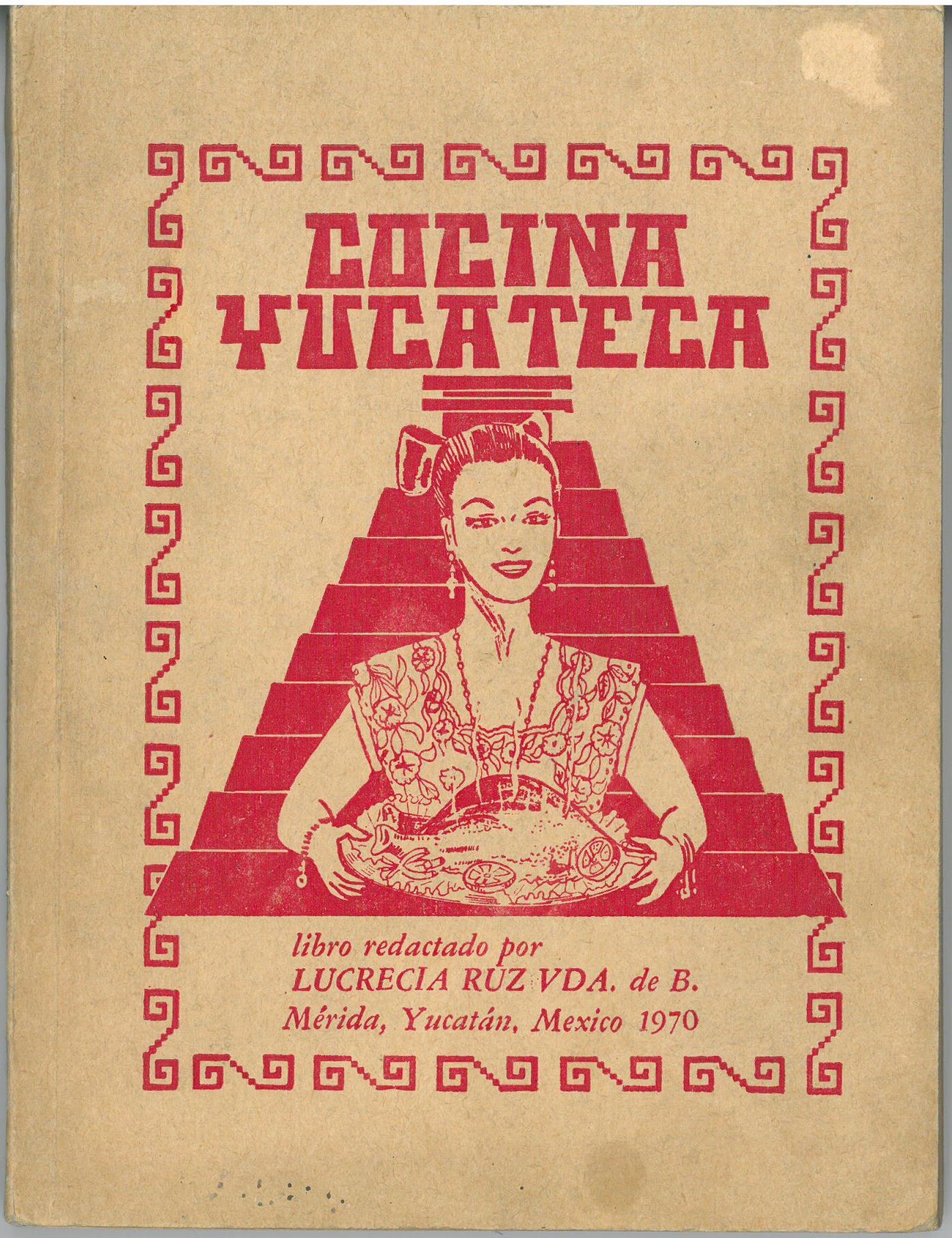
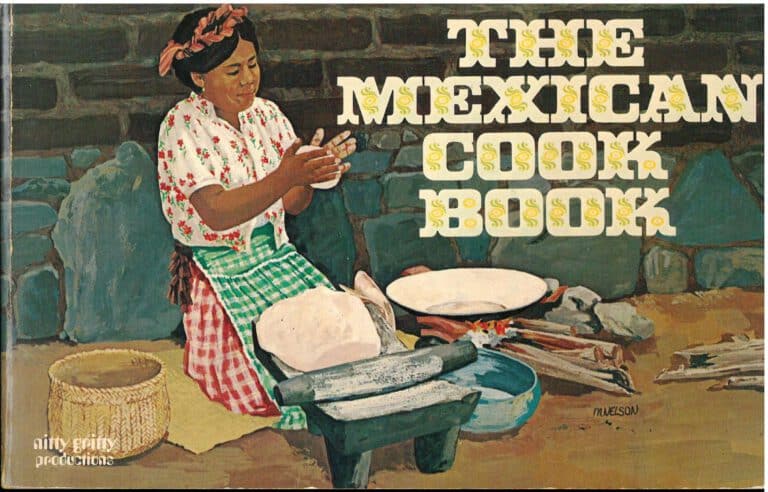
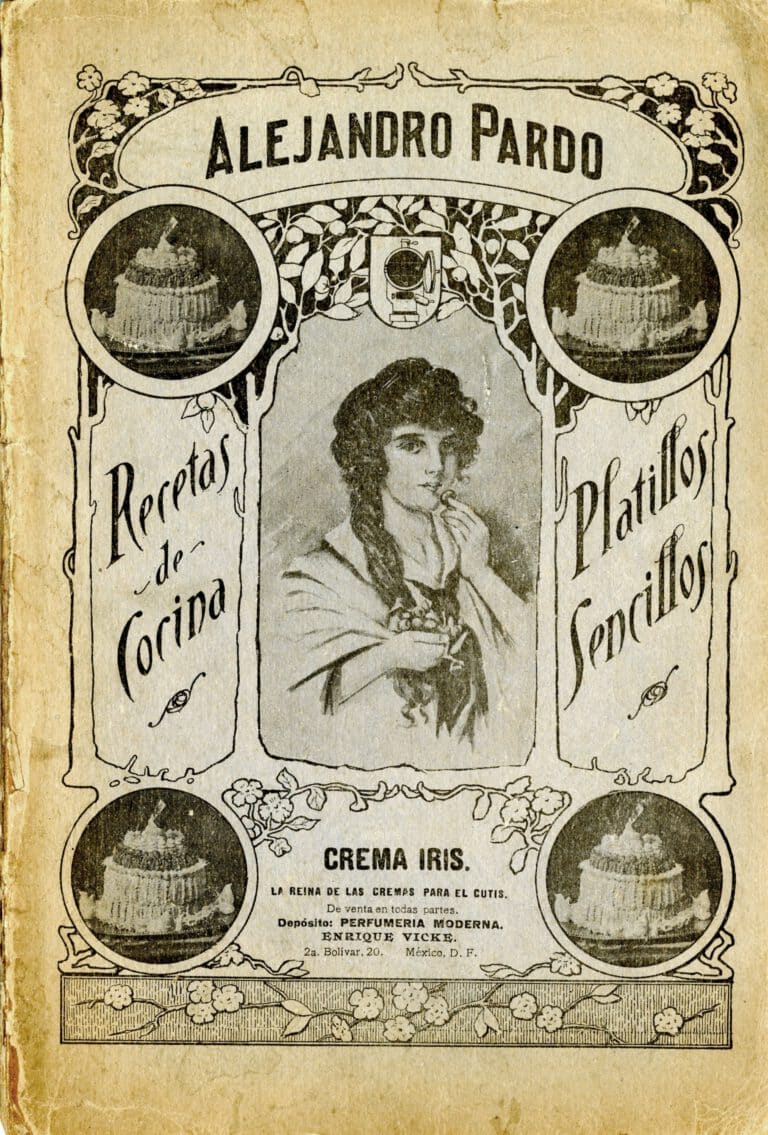
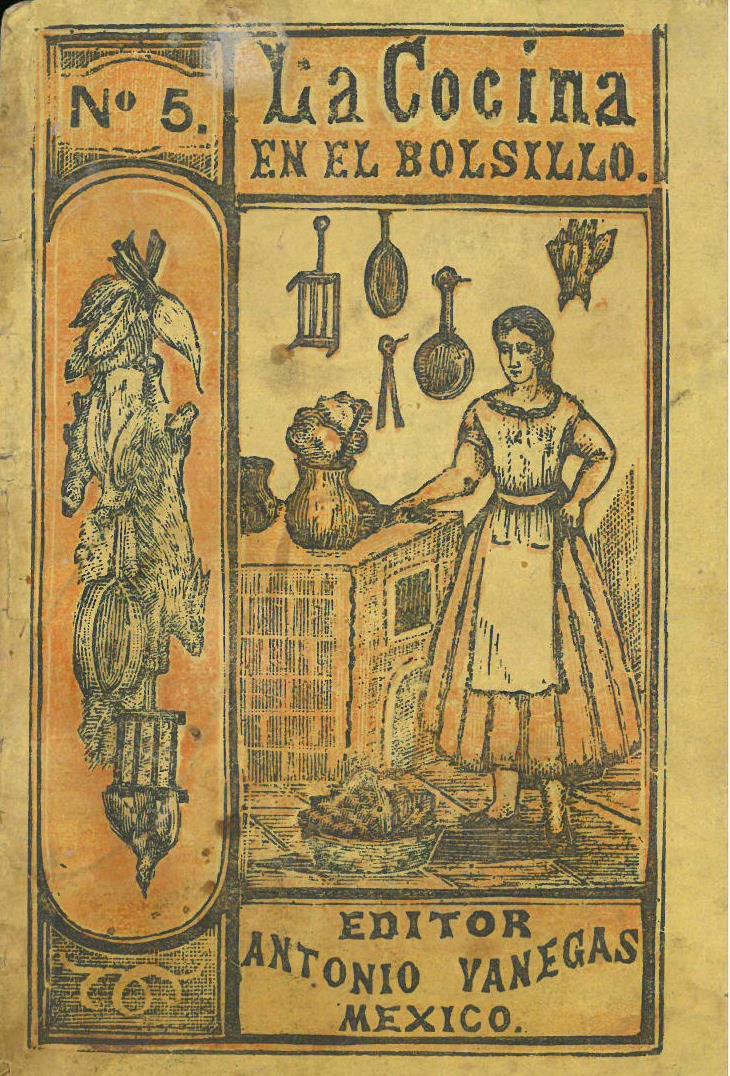

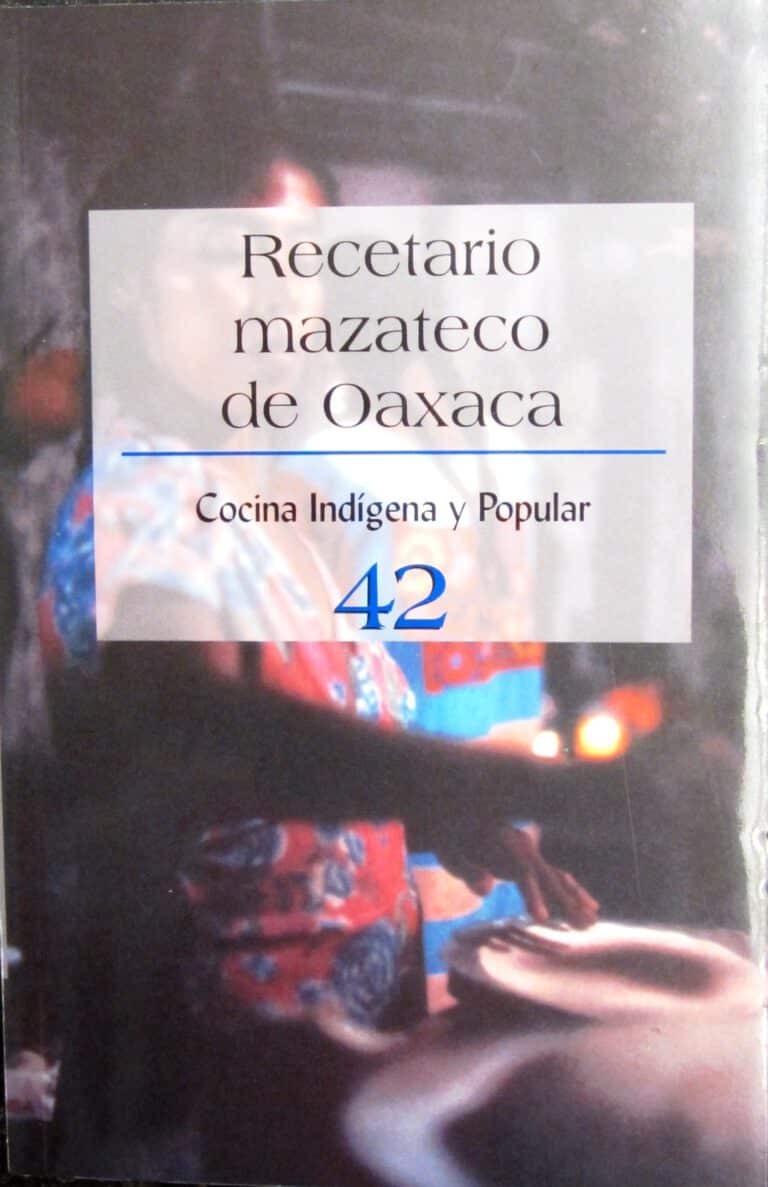

hI! Do you know where the book is avalaible? I searching this book for a long time